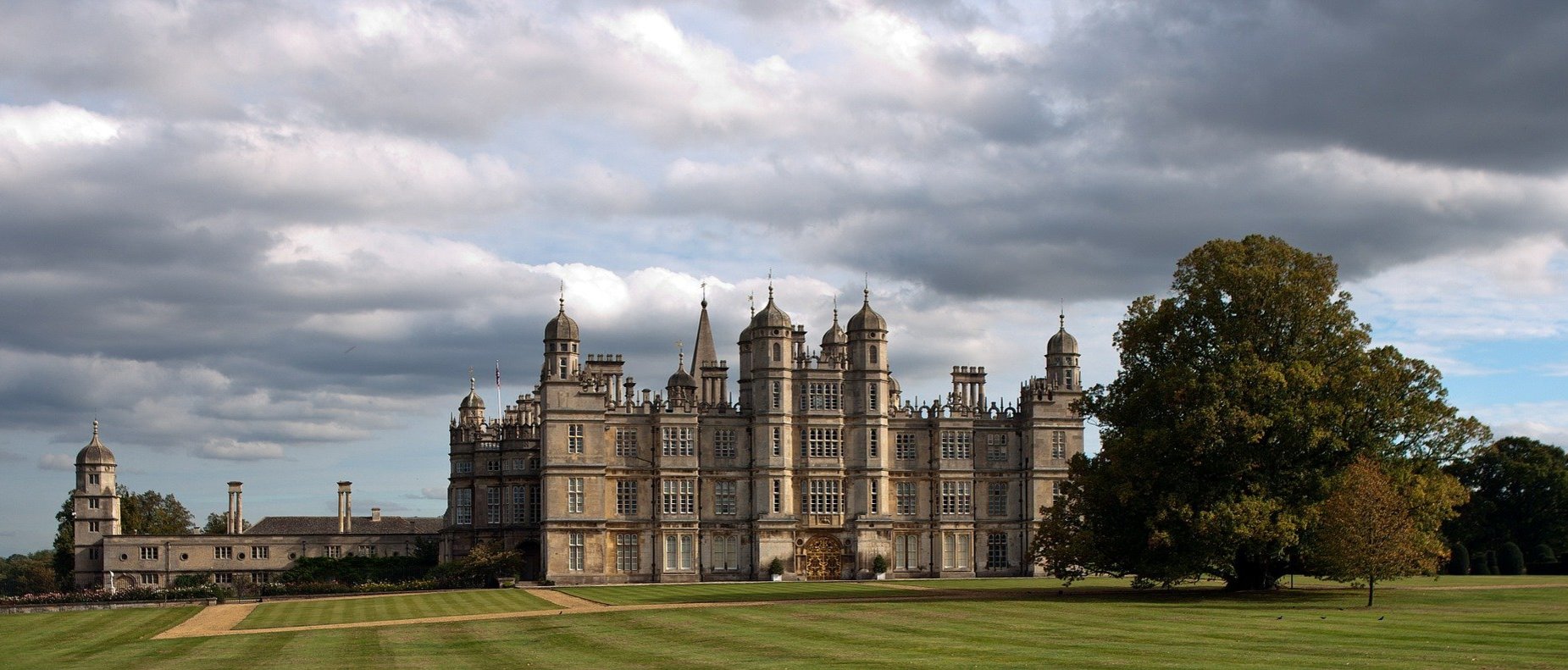Tudor Houses
Posted on 23rd January 2021
As with many things in history, the style and size of the house depended on the wealth and status of the family.
Poor - Houses consisted of a timber frame, mainly oak or elm, infilled with wattle and daub (lattice woven wooden sticks or twigs, covered with a sticky substance made with a combination of mud or clay, animal dung, straw). The wood frame was painted black and the daub was painted in lime wash giving it a white look. The houses had thatched roofs, and as time passed some had tiled roofs. There were holes in the roof to let out the smoke from cooking on the indoor cauldron.
The very poor lived in one or two rooms, with straw covering the floor. Windows were just holes in the walls with wooden shutters to close at night. Furniture of the poor was sparse, made of wood, usually oak and consisted of as little as a couple of stools and possibly a table. Beds were mattresses filled with straw, laid on ropes across a wooden frame.
Middle Class - Houses were often made in the same way as poor houses, though larger. Depending on the wealth, it was possible to also make houses of brick with tiled roofs. Floors were still covered in straw, and wooden furniture still used. Chairs were very expensive and still not afforded to the middle classes, so stools and benches were used.
Wealthy - Houses were made of stone and had many brick chimneys. They were large mansions, castles and palaces, with enough rooms to accommodate the many servants and guests they might have.
Only the wealthy could afford glass windows, and the more windows the property had, the wealthier the owner. As windows were so expensive, when the wealthy moved to a different property, they often took the glass windows with them.
The walls would be covered in wood panelling with large tapestries or carpets hanging on them to keep out the cold.
The wealthier had wooden furniture and big four poster beds with curtains round them to keep out the drafts. In the later Tudor period, the wooden furniture became much more ornate with designs carved into the wood.
Wealthy houses were surrounded by land and often had extensive gardens, a maze, fountains and courtyards.
Tagged as: Junior Tudors
Share this post:





